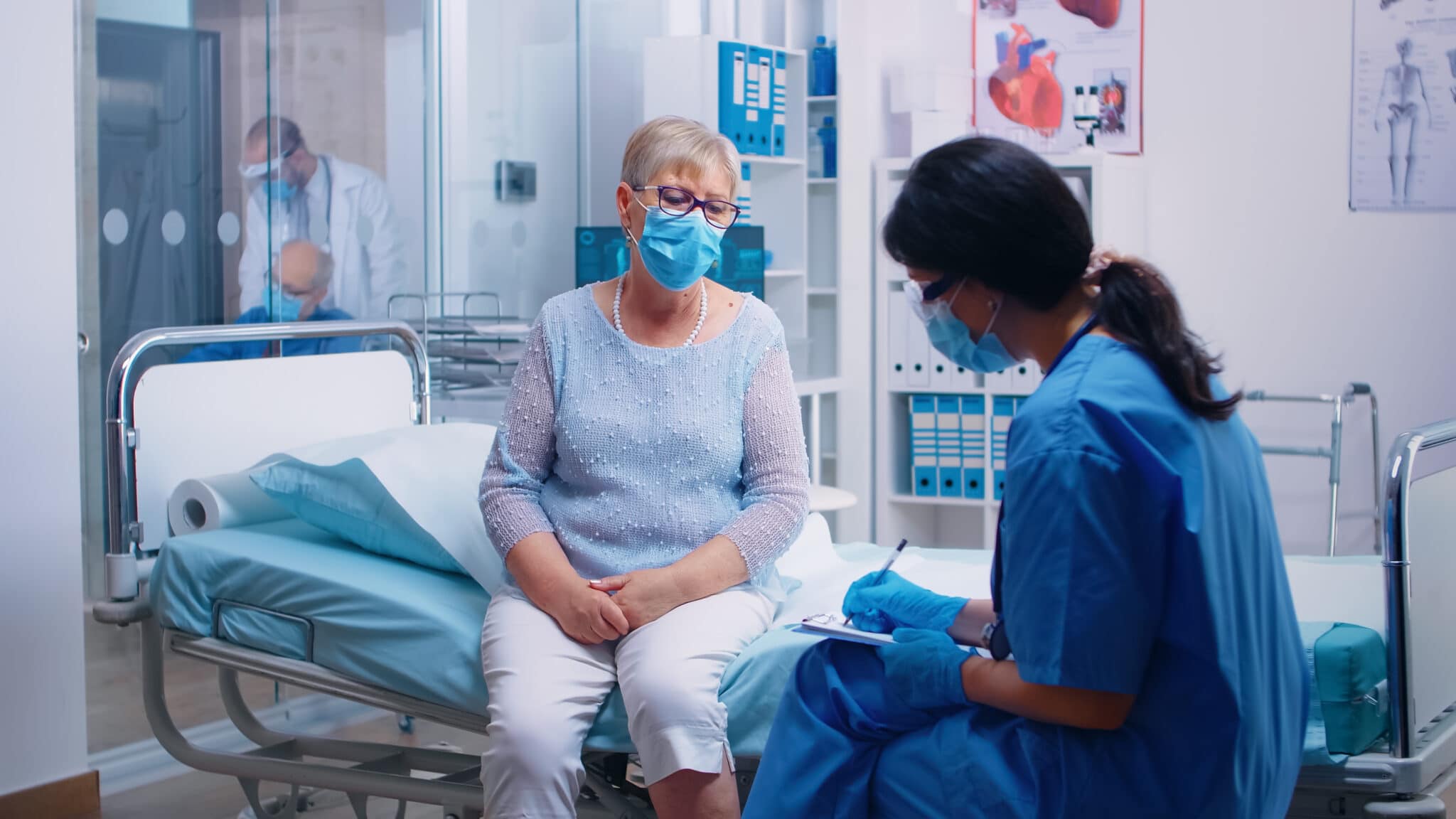The COVID-19 pandemic has immensely affected global health, education, employment, business, and the economy. It first occurred in Wuhan, Hubei Province in China in December 2019. The World Health Organization (WHO) officially declared it a pandemic on March 11, 2020.
Globally, the COVID-19 situation warrants immense demand from general medical practitioners, specialists, healthcare services, and even among patients’ family members. The government and private health sectors (including 503b outsourcing facilities) have worked together to combat and halt this disabling disease through worldwide vaccine distribution, awareness campaigns, and medical consult modifications.
What Is Patient Care Continuum?
The patient care continuum is a web of integrated systems and services designed to meet patients’ needs. In line with this, all available healthcare programs and resources are appropriately utilized to provide the best care and treatment.
The services provided may be categorized into acute hospital care, home care, outreach, wellness, extended care, ambulatory care, and housing. At the same time, the integrated systems are broken down into care coordination, integrated information systems, planning and management, and case-based financing.
As a result of the current global crisis, medical professionals, healthcare staff, patients, and patients’ loved ones at home needed to adapt differently to maintain a consistent patient care continuum.
The Impact Of COVID-19
Most people are acquainted with COVID-19 by now. As of January 2022, this newly discovered coronavirus strain accounts for about 363M affected individuals and 5.6M deaths worldwide.
Many have experienced the effects of COVID-19 on the patient care continuum. It took a year for researchers, scientists, and medical professionals to fully understand the virus and develop effective contingencies. Due to this crisis, the world has adapted to a ‘new normal’ kind of daily living, and this is evident in online classes, virtual work meetings, people wearing face masks in public, and physical distancing. Maintaining effective healthcare has also demanded new efforts during the pandemic.
The widespread outbreaks compromised medical health access for patients with various conditions. Because of these outbreaks, hard lockdowns have been enforced, with each country imposing specific protocols on its citizens.
If you or a family member has a longer need of health care, check out the following ways to maintain the patient care continuum in this time of COVID-19:
- Telemedicine Platforms
Telemedicine platforms are an excellent solution for those in need of home care, ambulatory care, and wellness. Ever since the pandemic, access to hospitals and clinics has been limited due to the high risk of virus contamination.
Therefore, access to medical facilities has become reserved mostly for those who need immediate, physical medical attention. And sometimes all you’ll need is a conversation with a doctor. With telemedicine, you can conduct or receive a safe and convenient consultation from home. These consultations are especially beneficial for newborns, children, and the elderly.
- Virtual Patient Consultation And Monitoring
Perhaps you’re in need of medical care, but it’s not so pressing to be deemed an emergency. To address patients like you, clinic and hospital websites have adapted to accommodate virtual consultations with selected physicians. When it comes to payments, they are available through online channels, too. Additionally, digital prescriptions and laboratory procedure requests are provided via these platforms. Now you no longer need to get these physically from doctors.
That said, virtual consultations are only possible for individuals experiencing acute and mild conditions. Serious or chronic cases may require a face-to-face consultation. Not to worry, it’s possible to start with a virtual consultation first. After that, the doctor or physician may call for a face-to-face consultation if they deem it necessary.
- Telerehabilitation
Patients with existing conditions and comorbidities may not want to expose themselves to the risk of contracting COVID-19. For that reason, telerehabilitation may be the best solution if this is one of your concerns. Remote respiratory, occupational, and physical therapy services have been made more available during the pandemic. Lately, remote rehabilitation services have become a viable solution for anyone who doesn’t require professional, physical assistance.
- Home Medical Tools
Portable medical devices are a big help in maintaining patient care continuum. Physicians and other medical staff may ask for vital signs such as body temperature, blood pressure, pulse rate, respiratory rate, and oxygen saturation. This medical information would ordinarily be obtained in person, which is difficult because of pandemic protocols. But now, home medical tools allow you to provide your doctor with the information they need.
Machines like ultrasound, electrical nerve stimulators, oxygen generators, and blood glucose and blood pressure monitors are available for home use. Using these will limit your trips to the hospital, thus lessening your chance of COVID-19 exposure.
- Medical Resource Preparedness
As mentioned above, patients and staff in healthcare facilities are at risk of contracting COVID-19. If you think about it, maintaining patient care continuum depends on preventing these individuals from getting the virus. It’s because patients risk developing further health issues, while staff availability gets compromised.
To protect both patients and staff, intensive care units, operating or emergency rooms, old people’s homes, and other medical facilities are now prepared with the necessary resources. Preparation is crucial to prevent the virus from spreading within these facilities. And much of this responsibility belongs to the management and healthcare staff.
Drugs, medical vials, blood transfusion reserves, and medical equipment are examples of necessary resources. These supplies, along with a healthy staff, are crucial to the effective treatment of patients requiring continuous treatment or extra care.
Conclusion
Maintaining the patient care continuum is vital in ensuring all patients receive the care they need. However, due to the COVID-19 pandemic, this has been a challenge as of late as the scope of healthcare fluctuates.
Despite the hardships, strategies can be set and followed to maintain patient care continuum. By taking advantage of telemedicine and at-home medical tools, you can minimize your risk of virus exposure. Furthermore, efficiently preparing medical resources can ensure that healthcare facilities are equipped for all patients’ needs.







